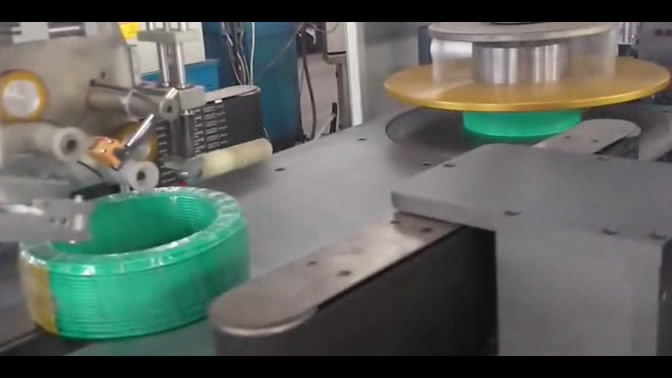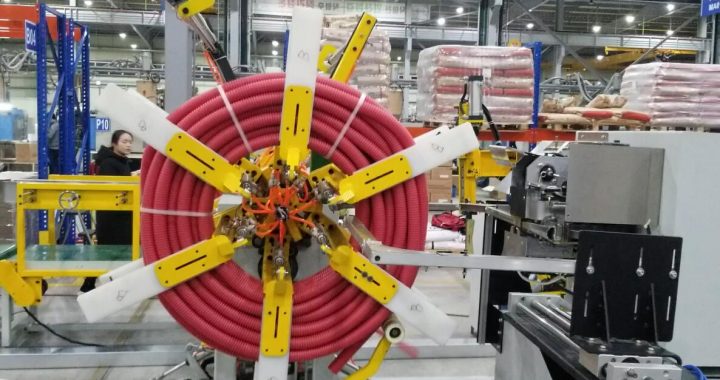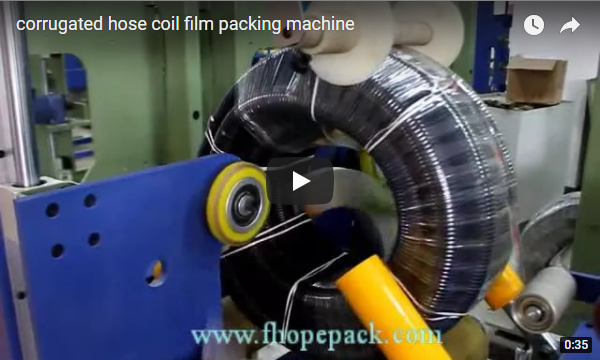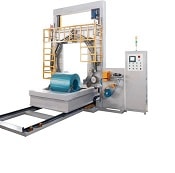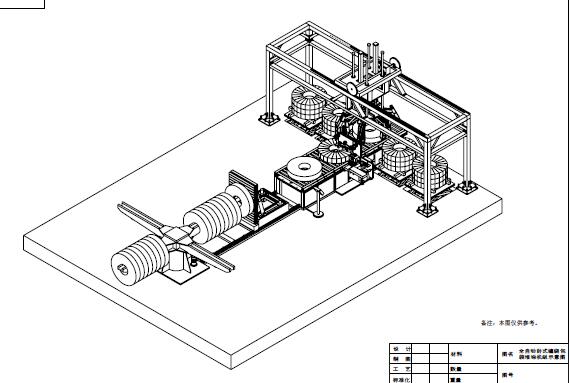Do you know what a stretching wrapper does?
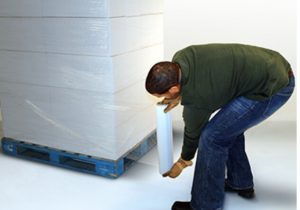
Do you know what a stretching wrapper does? How can it help prevent back injuries?
In a word, automation is the answer. In fact, we all know that most injuries to the back are caused by weight lifting, bending or pulling, especially if the movements are repetitive, increasing the risk of back injury. If your worker is doing something with your hands packing your goods, then they will repeat it three times.
They bent down, and then they put the stretch film on the weight. Then, pull the film tight, roll up the film, pull the film, wrap the load from the bottom to the top, and back to the bottom, a series of work that they do. Or at least the closest to the bottom. In fact, you know, it’s hard to wrap a bunch of things at the bottom.
But they do it every day. Tasks that make them vulnerable to back injuries need to be carried out. But, you know, it’s also very risky and expensive.
According to the Bureau of Labor Statistics, there were 17,0450 work-related back or spinal injuries in 2013, a staggering figure for the most recent year. The cost data for these injuries is not covered. But the various sources here suggest that the average back injury (sprain/sprain) costs between $3,000 and $10,000.
In fact, today’s semi-automatic stretch packaging can play a big role, and all the tasks that make you injured can be done automatically. It’s what they do when they put film on paper, and then they stretch. And then, from top to bottom, roll the film from top to bottom, rotate it, and finish the whole process, and at the end of it, they need to cut the film — it’s all automatic. Lifting, bending, or pulling are all unnecessary.
There are plenty of risks. As you can see, it’s easy to eliminate the risk of back injury to manual packaging.
